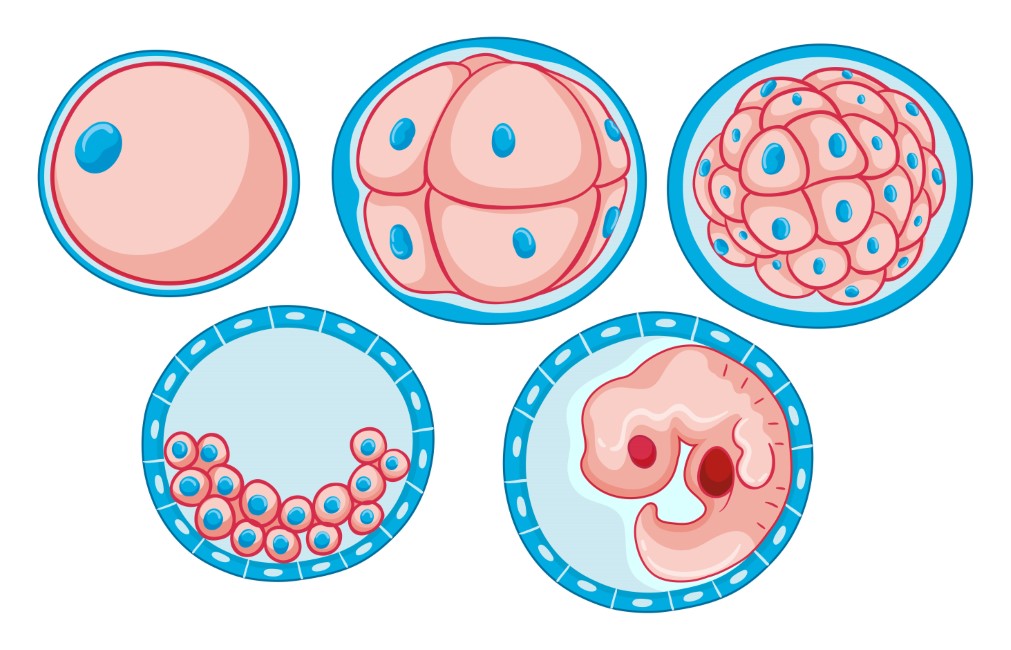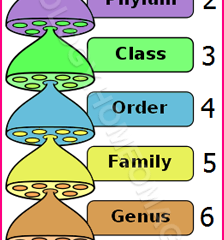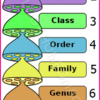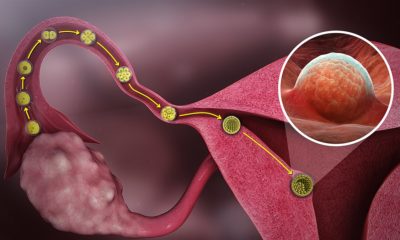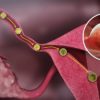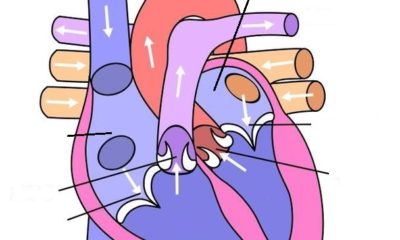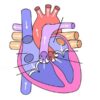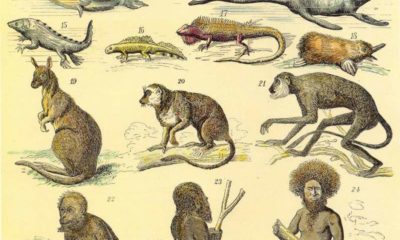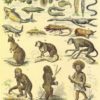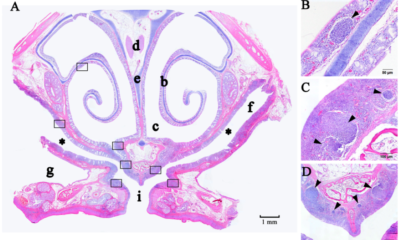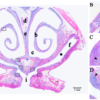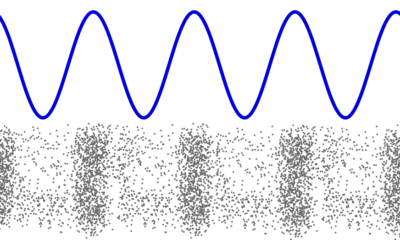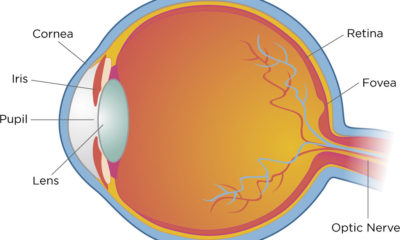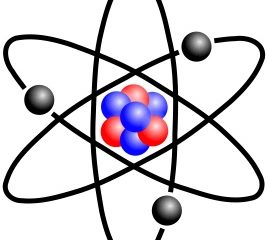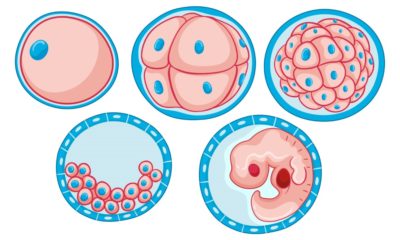Biology
CELL AND CELL STRUCTURE
LEVEL OF ORGANIZATION: Organization is the hierarchial arrangement from lower level to higher level of any structure.
Our organization level is as follows:
Atomic Level : Molecular Level > Cellular Level > Tissue Level > Organ Level > Community Level > Population Level > Individual Level > Organ System > Ecosystem > BIOSPHERE
POPULATION: It is a group of organism of same species within which individual may exchange genetic code and produce offsprings.
SPECIES: It is a group of individual with similar morphological character which are able to breed among themselves and produce their own kind.
COMMUNITY: Several population of different species living together make community.
ECOSYSTEM – Biotic community of any geographical area together with its physical environment form ecosystem.
BIOSPHERE: It is a part of earth which is inhabited by living beings.
CELL: It is the structural and functional unit of life or it is also defined as a mass of protoplasm bounded by a plasma membrane. It is the smallest unit capable of carrying out living function.
Protoplasm : It is a semi-liquid substance present in cell. The term was coined by Purkinje in 1839. Huxley said it the physical basis of life
Cell was discovered by Robert Hooke in 1665 while examining thin section of cork. A human body generally contain Trillions of cells.
Two German Scientists Schleiden and Schwann proposed a cell theory. The postulates of cell theory are-
- All living things are composite of cells.
- All cell arises from pre-existing cells (Rudolf Virchow)
- All cells are alike in chemical composition and metabolic activities.
- The function of an organism as a whole is the outcome of the activities and interaction of constituent cells.
Note:- Virus is an exception to cell theory. For keeping the cell theory uniformly accepted virus are considered to be the primitive organisms that could not reach at the cellular level.
Cell Shape:- The shape of a cell depends upon its function and location.
Cell Size :- Cell size varies from 0.5µ(Bacterial cell) diameter to 70mm(Ostrich egg) diameter.
Smallest cell:- Pleuro Pneumonia Like Organism(PPLO)- Mycoplasma gallisepticum
Largest cell:- Ostrich Egg( diameter 70mm)
Longest cell:- Human Nerve cell(Length up to1m)
TYPES OF CELL :- On the basis of organizational structure cells are of following two types-
- Prokaryotic cell:- These cell don’t have well defined nucleus and membrane bound organelles e.g bacteria and blue green algae.
- Eukaryotic cell:– These cell consist of well defined nucleus and membrane bound organelles.
CELL STRUCTURE: structurally Cell is formed of following parts
- PLASMA MEMBRANE: It is content from the surrounding medium. It is extremely delicate, thin, elastic. In plant cell it is present on inner side of cell wall. This cell wall is absent in animal cell. It is selectively permeable membrane which allows the flow of only some substance in and out of the cell.
Functions: (i) It gives definite shape to the cell.
- It provides protection to organelles present inside the cell.
- It helps in the formation of adhesion, recognition and in formation of vesicles, cilia, flagella, microvilli etc. in animal cell.
- It regulates entry and exit of substance in and out of the cell.
This plasma membrane encloses the other two main components i.e. nucleus and cytoplasm of the cell which constitute the protoplasm.
- CELL WALL: It is present in plant cell as an additional protective wall outside plasma membrane. It is made up of cellulose.
Functions: (1) It determines the shape of plant cell.
- It prevents drying up of cells.
- PROTOPLASM: All the components of cell including cell memberne are known as protoplasm
Protoplasm=Nucleus+Cytoplasm
- CYTOPLASM: The part other than nucleus in protoplasm is clled cytoplasm. It is made up of proteins, nucleic acids, carbohydrates, lipids etc. Cytoplasm contains cell organelles which are vari actual sites for various metabolic function of cell.
Some cell organelles are following:
- Endoplasmic Reticulum (ER) This terms was coine by Keith Porter. It is an irregular network of membraneous, tubule forming a continuous sheet enclosing in active secreation have rebosomes on its E.R. Such E.R. are called as Bough Endoplasmic Reticulum. Cells which are involved in secreation of lipids do not have rebosomes on E.R.Such ER called SMOOTH ENDOPLASMIC RETICULUM
Functions: (i) synthesis of lipids
- Associated in muscles contraction.Detoxification of drugs
- Synthesis of secreatory & membrane protein.
- Golgi Body: It is a membrane bound organelle composite of flattered stack like structure (cristernae) on one another.
Functions: (i) They package the protein synthesized in ribosomes.
- They form cell plate during cell division.
- Mitochondria: They are also called power house of the cell and are associated with generation of ATP through electron transport and phosphorylation. It is bound by double membrane having 6-8 nm intermembrane space. The inner membrane is comprises of crystal.
Function: Mitochondria provides energy for the vital activity of living cell.
- Plastids: there are organelles that are found only in plant cells. These are divided into three parts-
| (a) CHROMOPLAST | (b) LEUCOPLAST |
| 1. These contain pigments other than chlorophyll | They are devoid of any pigment but have the capacity to develop them. |
| 2. They are present in flower and fruits and impart color to them. | They store food in the form of starch, protein, and lipids. |
(c) CHLOROPLAST : This contain green colour pigment called chlorophyll, which helps in preparing food by process of photosynthesis. That is why this is called Kitchen house of cell.
Functions: (i) They help in preparing food.
- They provide colours to various flowering plants.
- They help in storage of proteins, lipids, starch.
- Lysosomes: These organelles are bound by single membrane. They are involved in intracellular digestion and contain enzymes needed to digest all types of macromolecules. That is why they are called digestive bags. They also eat up damaged or dead cell. Hence named as suicidal bags.
- Peroxisomes : They are small membrane bound sacs and contain powerful oxidative enzyme they help in removing toxic substance.
- Centrososmes: they are found in animal cell only. They help in cell division.
- Vacuoles: They are also found in animal cells. They are full of liquid cell sap and thus provide twidigity and rigidity to plants cell.
- Nucleus : It is relatively large body controlling all the activities of cell, Nucleus is surrounded by double membrane called NUCLEAR ENVELOPE which separates it from rest of cytoplasm. Numerous pores called nuclear pores are present which allow the transport of material between nuclear envelope are separated by PERINUCLEAR SPACE. The nuclear envelop surround a dense mass called NUCLEOPLASM. Pores ………in exchange of material between nucleoplasm and cytoplasm. Nucleoplasm contains NUCLEUS CHROMATIN chromatin is a tangeled mass of thread like structure. They are formed of an acid called DNA and protein. When a cell starts to divide the chromatin condense into long threads called CHROMOSOME. The chromosome contain streches of DNA called genes which carries information for protein synthese.
Functions:- (i) The nucleus controls all metabolic activities of the cell.
(ii) It regulates the cell cycle( help in cell division)
- It is concerned with the transmission of the hereditary traits from the parents to offsprings.
- Nucleolus :- It is spherical structure without any bounded membrane. It is produced from and is associated with a speific nucleolar region of certain chromosomes. It is the site for ribosomal RNA Synthesis.
Cell Physiology
Diffusion:- It is the spontaneous movement of a substance from a region of high concentration to region of lower concentration.
Osmosis:- It is the passage of water from a region of high water concentration to lower concentration
(or from a region of lower salt concentration to region of higher salt concentration) through semipermeable membrane.
Hypotonic Solution:- If the medium surrounding the cell has higher water concentration than the cell i.e the solution is very dilute, the cell will gain water by osmosis. Such a dilute solution is called hypotonic solution.
Hypertonic Solution:- If the medium has a lower concentration of water than the cell i.e. very concentrated solution, the cell will lose water by osmosis. Such a solution is called hypertonic solution.
Isotonic solution :- If the medium has exactly the same water concentration as the cell, there will be no net movement of water across the cell membrane. Such a solution is called isotonic solution.
Endocytosis :- The flexibility of the cell membrane enables the cell to engulf in food and other material from its external environment. Such process is known as endocytosis. If the cell intake solid substance it is called Phagocytosis( Cell eating) and if cell intakes any liquid substance then the process called as Pinocytosis(Cell drinking).
Exocytosis :- A mode of extra cellular transport of cellular secretions in which secretory vesicles gets fused with plasma membrane and their content are expelled outside the cell.
Plasmolysis :- The contraction of cell cytoplasm when it is immersed in a hypertonic solution
Deplasmolysis :- A plasmolysed cell when immersed in hypotonic solution regain its original structure as cytoplasm expand in the cell. This process is known as deplasmolysis.
-:DIFFERENCES:-
- Animal cell and Plant cell
| Animal cell | Plant cell |
|
|
- Diffusion and Osmosis
| Diffusion | Osmosis |
|
|
- Cell wall and Plama membrane
| Cell wall | Plasma membrane |
|
|
- Prokaryotic cell and Eukaryotic cell
| Prokaryotic cell | Eukaryotic cell |
|
|


